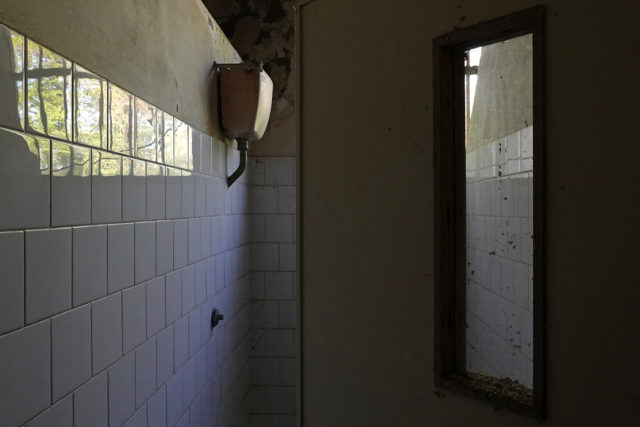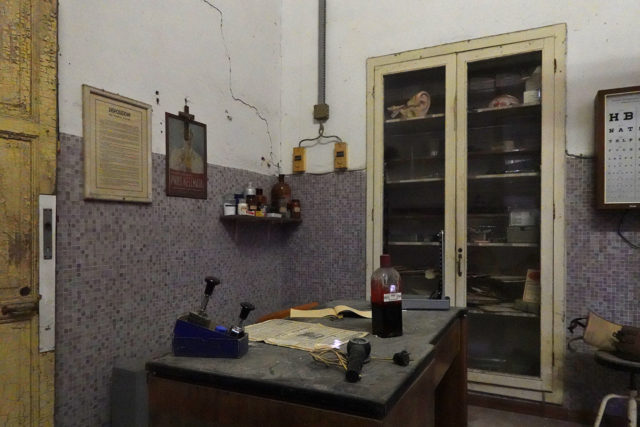The idea of building a psychiatric hospital in Rovigo, Italy, arose in 1897 when Dr. Pietro Oliva proposed his own project for such a hospital. However, his plan was not approved due to the high cost. The next year, the mayor proposed a project at a lower cost, but this was also rejected by the authorities.
The next time the idea was floated was in 1904. At this time, there was a need for an additional hospital due to the fact that the city’s civilian hospitals were overcrowded. It became clear that people with mental health issues should be treated in a special hospital.
At a meeting of the provincial council in February 1904, a proposal to construct a psychiatric hospital was put forward. The project was discussed until 1906 when it was approved. A budget of one million lire was allocated for construction which began in the same year.
The city of Rovigo acquired a plot of 20 hectares (200,000 square meters). In 1910, the city was forced to suspend the construction of the hospital due to unexpectedly high costs. A meeting was held to discuss the matter, and the outcome was that construction could continue.
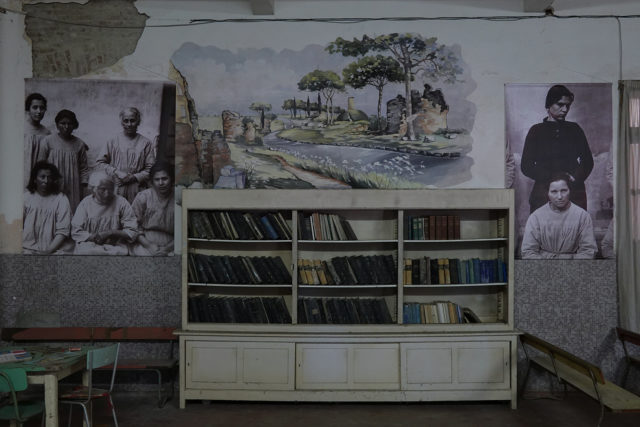
In 1914, World War I broke out and the hospital in Rovigo was repurposed for various army needs. After the end of World War I, the buildings were left in terrible disrepair. It took until 1925 before the provincial council came up with a proposal to repair the damage.
Finally, the project that was approved in 1906 was completed and ready to use in 1929. The hospital was dedicated to King Vittorio Emanuele III. The official opening took place in March 1930, when patients with mental health issues finally began to be transferred from the city’s civilian hospitals.
Nine pavilions, courtyards, gardens, and even dedicated agricultural areas had been constructed on the site. The hospital had a capacity of about 400 people, and within the first three months, about 350 people were admitted. The maximum number of patients that the hospital held during its history was 700 people, almost double its capacity.
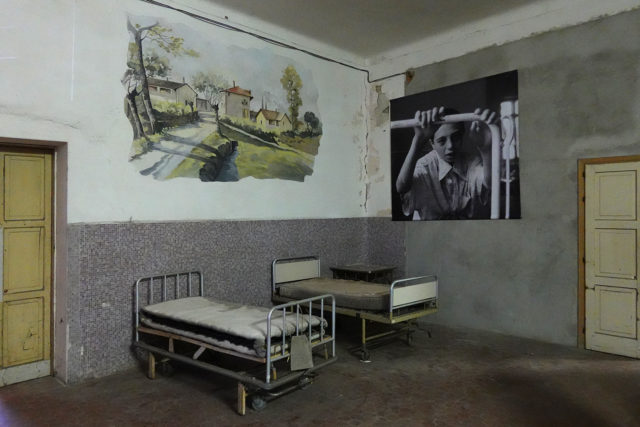
The buildings were built in a neoclassical style. A chapel was built in the center of the complex and all the buildings faced towards it.
The psychiatric center looked like a small community that had been isolated from the rest of society. An atmosphere of silence and calm was always in place around the institution because such a setting was considered very important for recovery.
Interestingly, one of the patients at the hospital designed a fountain featuring two cherubs in a seashell that was actually installed in the hospital complex during the 1930s. The same patient also created 48 wall paintings throughout the hospital.
Agricultural areas provided the patients not only with food but also with meaningful work. The hospital community even created its own magazine called La Canavera.
During the Second World War, there was an economic crisis as well as a shortage of staff due to the fact that many hospital workers were sent to the front. There were very few doctors and nurses left in the hospital. From 1944 to the end of the war, only one doctor worked in the hospital, assisted by several nurses.
After the war, things didn’t get much better. Until 1949, only 33 nurses and 51 other staff worked in the hospital. The hospital management team was not permitted to hire more employees because of the high costs.
Further disaster struck in 1951 when patients needed to be temporarily transferred to other institutions due to a flash flood.
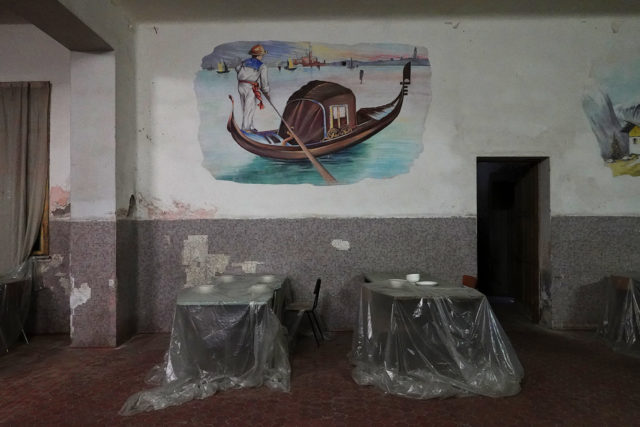
In the 1950s and 60s, the hospital management team decided to remove the agricultural areas. At the same time, they sought extra funds for the modernization of the hospital and a new neurological department was added.
Over time, the condition of the hospital improved, although mainly those areas catering for men were deemed worthy of being updated. The hospital offered care to patients with mental health issues from all over the city. Methods such as insulin shock and electroshock were used in their treatment.
In 1965, an experiment was conducted where patients were left under minimal medical supervision and managed their own ward. The results of the experiment showed that 17 million lire a year could be saved if such a process was adopted. This experiment anticipated the creation of the Basaglia Act (Law 180), which became a formal Italian law in 1978.
From 1980, the hospital stopped receiving new patients and, like many other psychiatric hospitals across Italy, began to empty as the law took effect. In 1995, all remaining patients at the Granzette hospital were transferred to other facilities. The hospital was officially closed in December 1997.
In 1998, a proposal was made to transform the former psychiatric hospital into an International Cancer Center to further research the disease and offer treatments. However, this plan was not implemented because another place was chosen in Padua.
Currently, several buildings on the Granzette site are used for local events and art exhibitions.
A big thank you to Luigi Tiritico for allowing us to use his amazing images which you can see below. Luigi Tiriticco is the art director at FOTOlogie – an Italian website with modern photographs. You should definitely check his Flickr account for more photographs of different art.
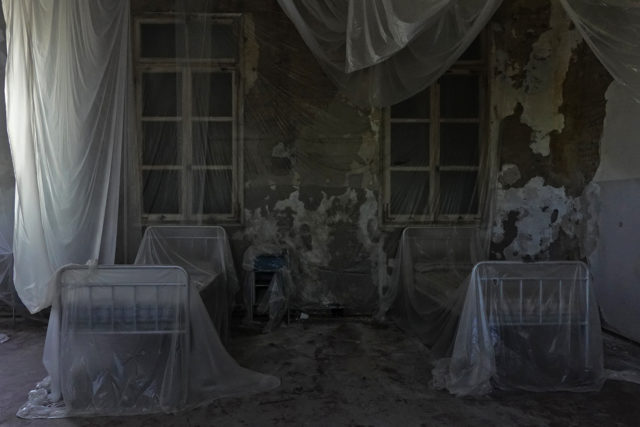
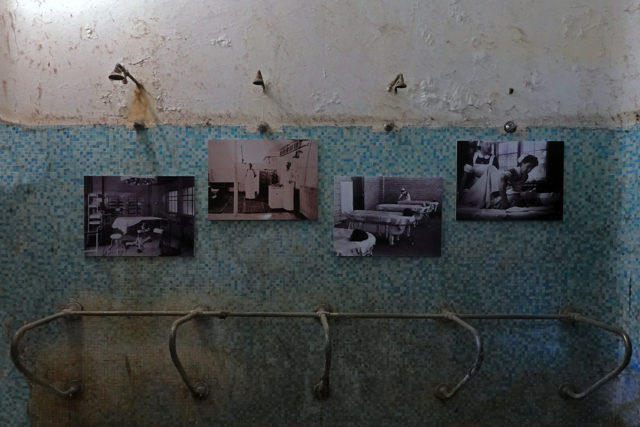
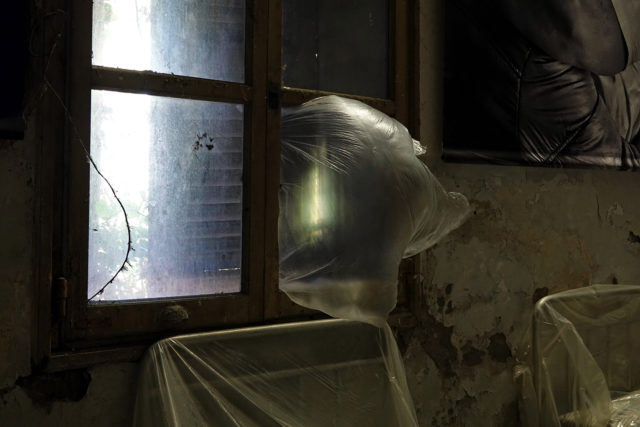
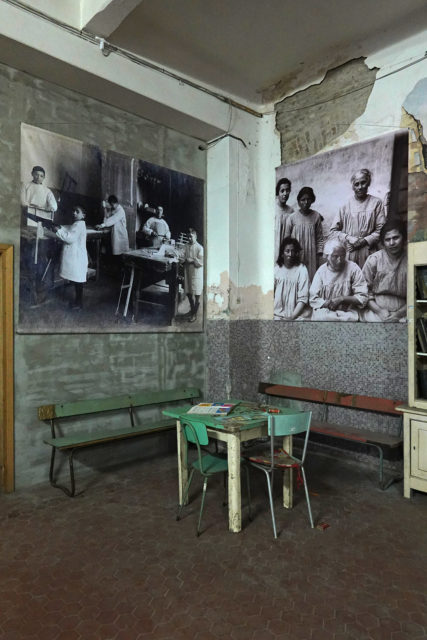
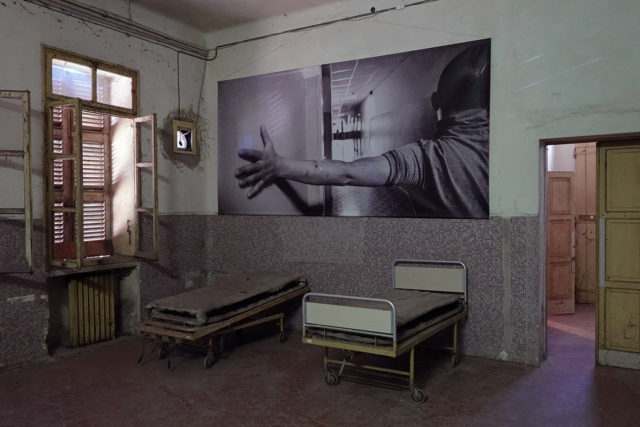
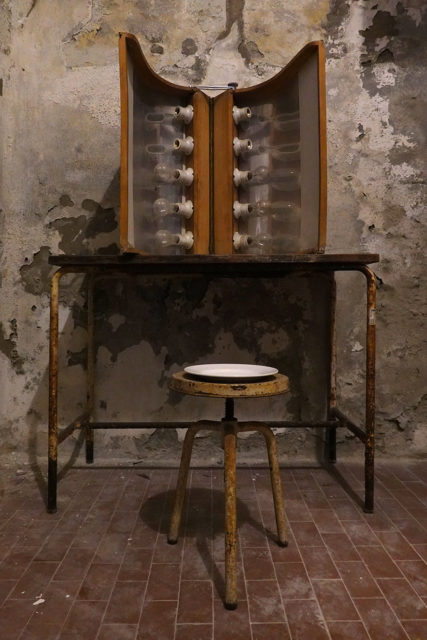
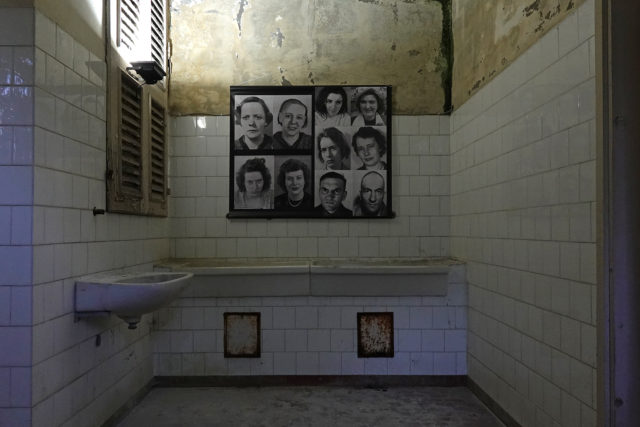
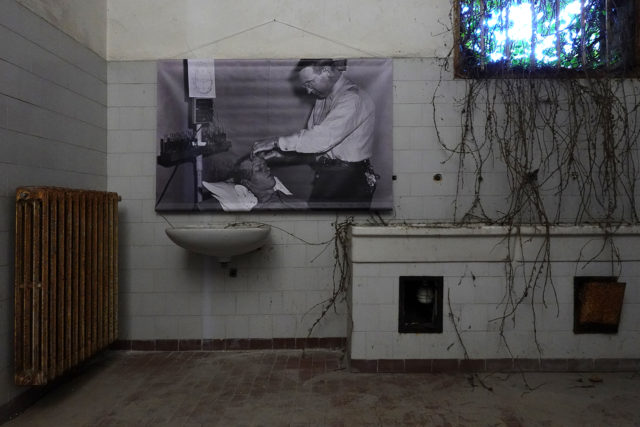
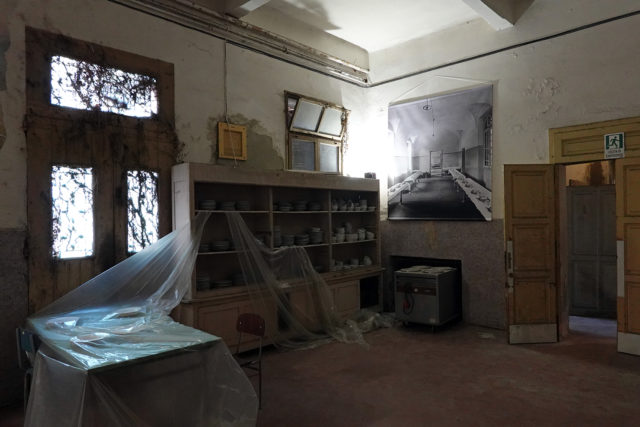
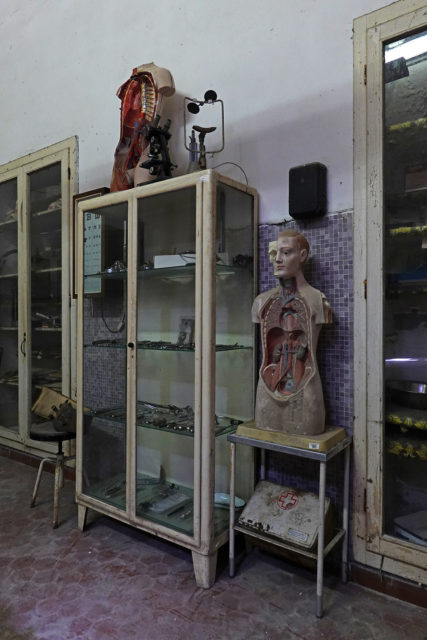
The abandoned Third Reich submarine base of Saint-Nazaire
